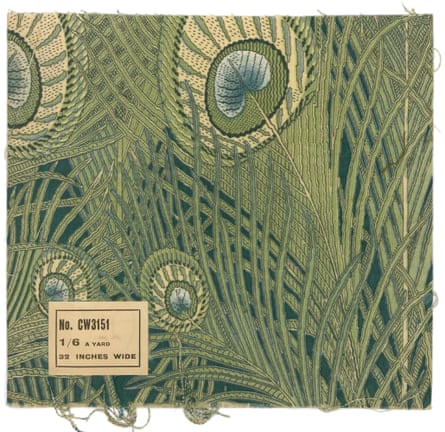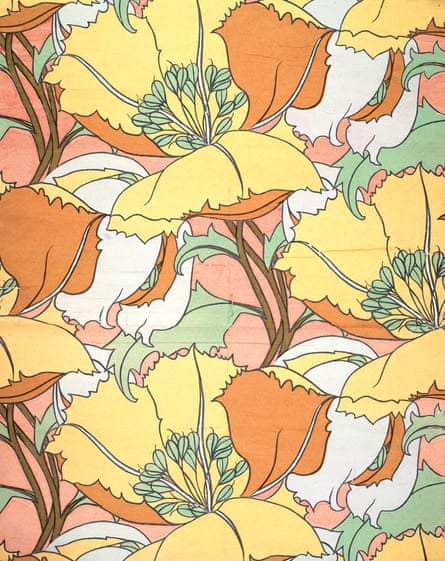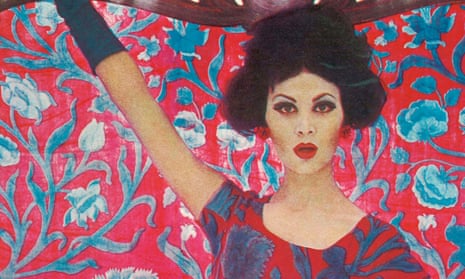“There was a time when walking down the King’s Road in a Liberty print shirt was as cool as you could get,” said Mark Butterfield, looking down at his blue and white floral shirt with pride. Along with his wife, Cleo, Butterfield owns one of the largest collections of Liberty fabrics in the world. This autumn, the stars of their collection will go on show as part of Liberty in Fashion, a major exhibition of the London department store’s iconic designs at the Fashion and Textile Museum.

The exhibition will include garments dating back to the 19th century, including an 1890s cape made from embroidered Chinese shawls, as well as more modern items like a Liberty patchwork costume worn in the 1973 horror film The Wicker Man. These sit alongside the work of designers who have used Liberty fabrics, including Jean Muir, Yves Saint Laurent (whose first maxi skirt was in the Macedonia print), and Mary Quant.
Liberty was founded 140 years ago, when Arthur Liberty left his job at Farmer & Roger’s Oriental Warehouse in Regent Street, and rented half a shop nearby. With a staff of three he launched his own business, selling exotic silks imported from China and Japan, and cottons and fine wools from India.
His stock proved a hit with the artistic set, and early customers included Oscar Wilde, Dante Gabriel Rossetti, Ellen Terry, James McNeill Whistler and Frederick Leighton. His window displays of “Liberty art colours”, a rainbow of woven and printed fabrics in colourfast dyes, became a tourist attraction, and he was invited to design the costumes for the original cast of Gilbert and Sullivan’s Mikado.

The business was so successful that, in 1924, the headquarters moved to the impressive Arts and Crafts building on Great Marlborough Street which is still its home. The architects Edwin T and E Stanley Hall incorporated the timbers of two old warships into the facade, and sightseers often mistake it for a genuine Tudor survivor.
Most of the garments in the exhibition come from the Butterfields’ collection, which also serves as a huge costume wardrobe hired out to designers and the film industry. They dressed Eddie Redmayne for the 2016 film The Danish Girl, in which he plays a 1920s transgender woman.
The collection is housed in their thatched cottage and its outbuildings in Devon, where visitors have included the model Kate Moss, who arrived on the lawn by helicopter.
It is this meeting of old and new that is at the heart of the exhibition. “Liberty is steeped in British tradition,” said the head of the museum, Celia Joicey. “But it has always been, and still is, hugely avant garde.”

Comments (…)
Sign in or create your Guardian account to join the discussion